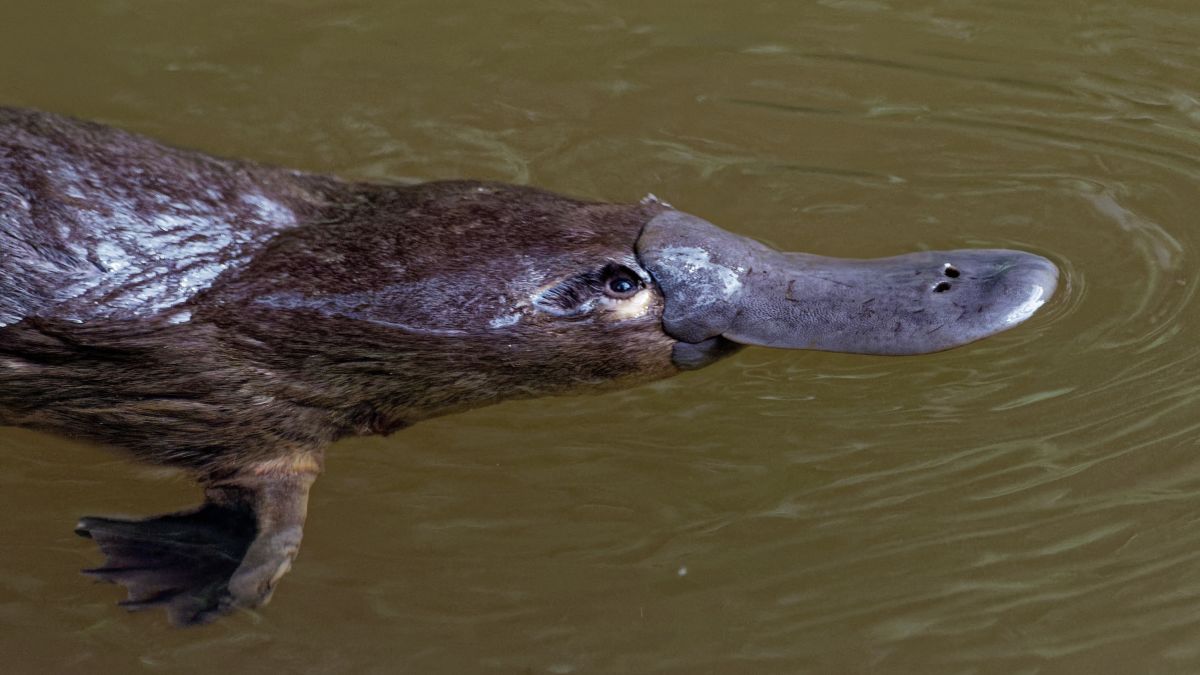
Waddling, wriggling, ambling, digging, laying eggs. There’s no shortage of verbiage when it comes to describing monotremata—the taxonomic order made up of only two animals, the platypus and the echidna. Rattling off the numerous weird traits of these creatures is trope in news coverage—and it’s near impossible to avoid, since they are mammals that lay eggs and sweat milk, among other bizarre features.
But perhaps the easiest way to outline the monotremes’ awesome evolutionary success is to go right into their DNA. A team of 40 researchers from Australia, China, Japan, Denmark, and the United States did just that in a recent review of the monotremes’ genomes. Their findings are published in the journal Nature.

The first draft and analysis of the platypus genome sequence came back in 2008. The recent paper includes a high-quality update of that sequence and the first-ever echidna genome (for some reason, the echidna is always second fiddle to the platypus). Interestingly, monotremes lie halfway between oviparity and viviparity—referring to where embryos are developed, in eggs or in the parent body. This neither-here-nor-thereness is reflected in the animals’ protein dependencies.
“During their short in egg incubation, they have kept one of the three major egg proteins that is used to make the yolk in chickens,” said Marilyn Renfree, a zoologist at the University of Melbourne and co-author of the study, in a press release, “but after hatching both platypus and echidna have a complex milk like other mammals to support their young during their long lactation.”
G/O Media may get a commission
The monotremes are a peculiar branch of the tree of life, in that they help fill in gaps in our understanding of when animals with certain traits split off from one another.
“Indeed, the platypus belongs to the Mammalia class. But genetically, it is a mixture of mammals, birds and reptiles,” said Guojie Zhang, a biologist at the University of Copenhagen and a co-author of the recent study, in a press release. “It has preserved many of its ancestors’ original features—which probably contribute to its success in adapting to the environment they live in.”
And the animals do need that extra boost. The Australian brush fires last year made efforts to track the platypus more difficult, as well as all the more imperative. (One population was rescued and sent back into the wild this summer.) Having the sequenced echidna genome will allow for genetic management of a similarly threatened species. After all, we can’t have our illustriously weird critters going the way of the thylacine and the dodo.
This article is auto-generated by Algorithm Source: gizmodo.com


